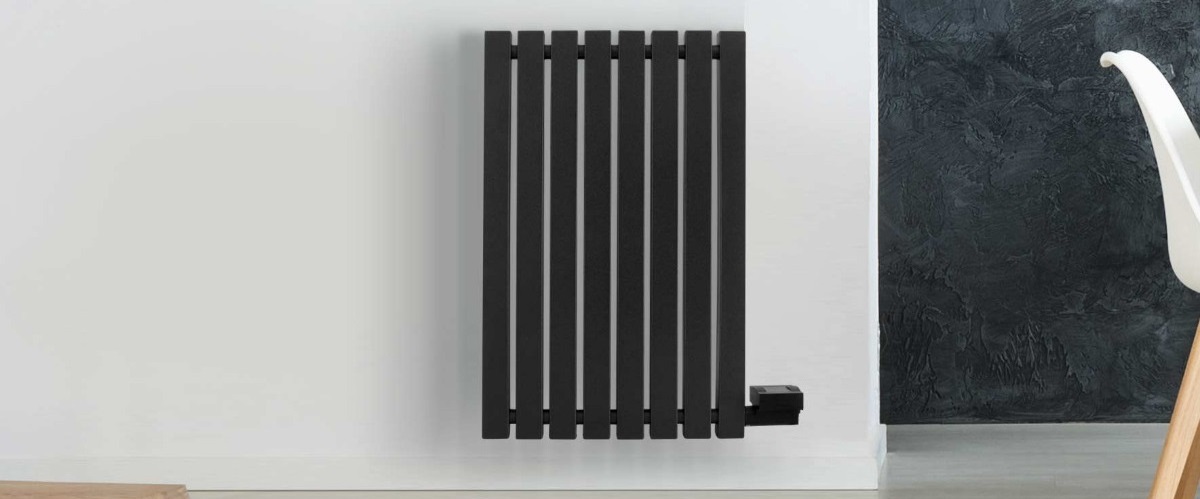Instead of lying freely on the ground, a wall-mounted heater is affixed or fixed on a wall. The main benefit is that it takes no floor space, making it suitable for smaller patios or increasing the room in bigger patios for visitors and furniture. People usually are more secure to use Wall Mounted Electric Radiators, as they don’t need to worry about knocking it and causing a fire risk.
Types of Wall-mounted Radiators are:
Wall-mounted patio heaters can use radiant or convection heating and can be powered by electricity, propane, or natural gas.
- Electric- Electric wall Radiators are the most common and cost-effective. Although the supply of propane or natural gas is more expensive to operate. The devices themselves are much cheaper and frequently can be installed without expert help. Connect the cord to the electric outside outlet. Wall Mounted Electric Radiators are also low-carbon because they emit no gases and seldom need maintenance.
- Propane and Natural Gas- Propane and natural gas wall heaters aren’t as common as electric wall heaters. These heaters are often more expensive, and connecting the gas supply to the heater often necessitates the assistance of a specialist. Gas, on the other hand, is a more economical fuel source than electricity, and gas-powered appliances are more weather resistant. Aside from the higher cost, other drawbacks include the emission of greenhouse gases and the need for more frequent maintenance.
- Convection vs. Radiant Heat- Convection Radiators heat the air in a specified space, whereas radiant heaters emit heat waves straight onto items without passing through the surrounding air. While both types of heat are used in wall-mounted heaters, radiant heaters are far more energy-efficient because no heat is wasted warming vacant air.
Is it possible to leave radiators on the wall?
People should not leave a wall-mounted heater on for a lengthy amount of time, especially overnight, because the extreme heat could fire any nearby combustible items. To avoid this, most modern wall heaters have safety measures such as overheat shutoffs and automatic shut-off timers. Because there is no risk of tipping over, wall-mounted heaters are inherently safer than floor-mounted heaters.
If the heater is set high enough, they are less likely to be directly in front of combustible things. Nonetheless, to avoid any fire concerns, it is recommended that they leave at least three feet of free space around their heater.Because of duct heat losses and the additional energy necessary to circulate warm air around their home, electric heaters are more expensive to operate than other electric resistance systems.
Electric radiators installed on the wall provide an energy-efficient heating solution for each room in the house, combining modern technology with basic designs to blend in with the modern home. Each wall-mounted electric radiator has its own set of intelligent controls. Anyone who has used a cheap, portable heater knows they can blast the toes with heat, but they are unlikely to leave the house. They use a lot of energy yet don’t provide any radiant heat. As a result, they are not suitable as a long-term heating solution. It’s no surprise they’re not usually wall-mountable; it’s as if the maker anticipated they wouldn’t want to keep one in their home indefinitely.
Electric radiators that may be mounted on the wall are a versatile 21st-century solution for heating a single room or replacing a full central heating system. Fitted electric radiators are ideal for additions and refurbishments, and come in a variety of sizes and colours to match modern interiors. Each wall-mounted electric heater may be regulated independently, utilising cutting-edge technology to deliver just the correct amount of heat to keep the area at a comfortable temperature.
